 The world stands on the cusp of an oil supply crisis. Years of insufficient investment in offshore mega-projects combined with the end of U.S. shale hyper growth and a recent shift by global supermajors to preferentially invest in alternative energy over traditional hydrocarbons have resulted in an oil industry that lacks the ability to meaningfully grow its production in the years ahead.
The world stands on the cusp of an oil supply crisis. Years of insufficient investment in offshore mega-projects combined with the end of U.S. shale hyper growth and a recent shift by global supermajors to preferentially invest in alternative energy over traditional hydrocarbons have resulted in an oil industry that lacks the ability to meaningfully grow its production in the years ahead.
Why does this matter when we read headlines every day prophesizing the end of oil due to the imminent mass adoption of alternatives such as hydrogen and electric cars?
This is our energy reality: the world is nowhere near peak oil demand. Global population growth of 1.2 billion people over the next 20 years combined with decades’ long runway for alternatives to reach critical scale mean that oil demand will grow for years to come.
Yet, the delusion of imminent peak oil demand is having a profound impact on the willingness of companies to invest today in large, extremely expensive projects that often take four to six years to come onstream and a further four years to recoup initial investment.
How can a CEO justify sanctioning a multi-billion dollar project that takes 10 years to reach payout when the demand outlook a decade from now is so uncertain? The fear of peak demand is leading to the reality of peak supply.
As a result of seven years of falling investment and given the hugely capital intensive nature of the oil business, global offshore production (about 1 in 4 barrels produced) has now entered a period where new projects cannot offset existing declines and at best production will stay flat for the next several years.
…click on the above link to read the rest of the article…


 Fig 1: FPSO (Floating Production Storage Offloading) Petrojarl Foinhaven, 250 m long, 280 kb storage
Fig 1: FPSO (Floating Production Storage Offloading) Petrojarl Foinhaven, 250 m long, 280 kb storage Fig 2: Foinhaven oil production history
Fig 2: Foinhaven oil production history

 Fig 1: Exxon-Mobil Altona refinery in Melbourne
Fig 1: Exxon-Mobil Altona refinery in Melbourne Fig 2: Exxon Mobil’s refineries in Asia Pacific
Fig 2: Exxon Mobil’s refineries in Asia Pacific Fig 3: Victoria’s petroleum sales by product
Fig 3: Victoria’s petroleum sales by product
 Fig 4: Total Victoria fuel sales
Fig 4: Total Victoria fuel sales
 Fig 1a: African countries which joined OPEC
Fig 1a: African countries which joined OPEC Fig 1b: OPEC w/o Angola peaked in Nov 2005 at 5,536 kb/d
Fig 1b: OPEC w/o Angola peaked in Nov 2005 at 5,536 kb/d Fig 2: Algeria crude oil production
Fig 2: Algeria crude oil production Fig 3: Angola crude oil production (EIA data minus 3.6% condensate)
Fig 3: Angola crude oil production (EIA data minus 3.6% condensate) Fig 4: Nigeria crude oil production
Fig 4: Nigeria crude oil production

 Fig 1: Oil production and peak years
Fig 1: Oil production and peak years Fig 2: Oil consumption peaked 2014
Fig 2: Oil consumption peaked 2014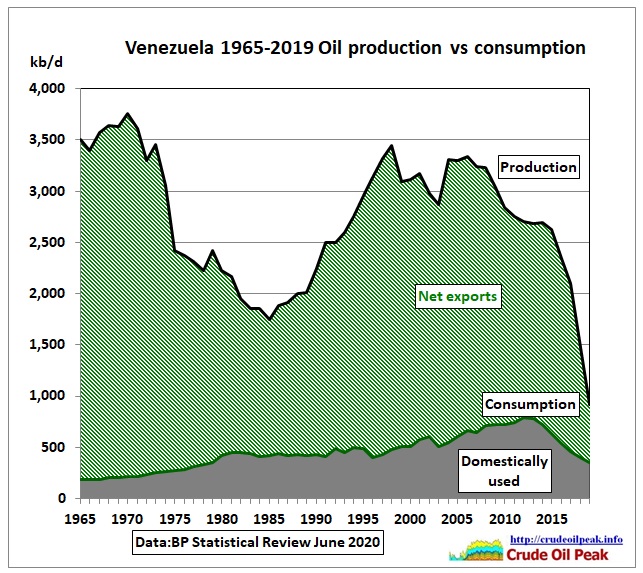 Fig 3: Venezuela last peak was in 2006, since then net exports are down to 560 kb/d
Fig 3: Venezuela last peak was in 2006, since then net exports are down to 560 kb/d Fig 4: Venezuela’s oil passing through the Indian Ocean?
Fig 4: Venezuela’s oil passing through the Indian Ocean?

